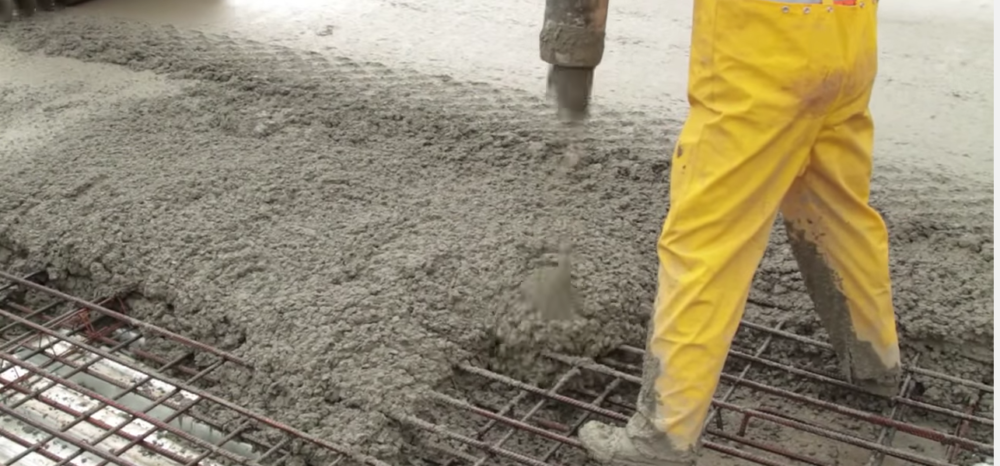We would like to thank a Melbourne Concrete Cutting Company for this next article on Concrete Cutting. A special kind of saw called the concrete cutting saw is designed to cut and remove materials like brick, concrete, masonry and tile. This is the type of saw is specifically fabricated for this purpose. There are wide varieties of sizes for this kind of saw. There are those that are made just around the home while others are for commercial contractor saw cutters use. They are powered by gasoline, electricity or hydraulics.
Concrete cutting saw is designed with special blades that are made to cut through huge pieces of concretes that make cutting off even largest concretes easier and less time consuming. The blades of this kind of saws are made of highly durable materials and some even have diamond embedded contained in the blades. As the blade wears down, fresh materials are exposed keeping the blade sharper. The wearing down of blades is based on the material to be cut and how often the blade is used. These kinds of blades cannot be sharpened but are rather replaced especially when they have worn out pass the usable term.
This type of saw can be used by almost anyone. They can come handy for both men and women. They also make the job of a professional machine operator on a road crew easier. They also come in different sizes. Some are made for lighter applications while some are designed for heavy-duty tasks like construction jobs.
There is available cutting saw available in different types that you could just around the house. You may not need one that is too large or too expensive especially if you will just need it for house chores. You can also check their sizes, there are that are relatively smaller and more compact that are fabricated for non-commercial tasks.
To be able to purchase with the best deal, you can look around and compare prices and quality of different brands that are available. You can check out home improvement stores that showcase wide selection from which you can choose. There are available for household works and for professionals. When tool outlets can be a good place to check out these tools, you can also check the Internet especially when you do not need the device right away. You can compare different models and prices from most online stores. Even if you would purchase locally, surfing the net can give you a help in determining the model you could use and how much do exactly need.
